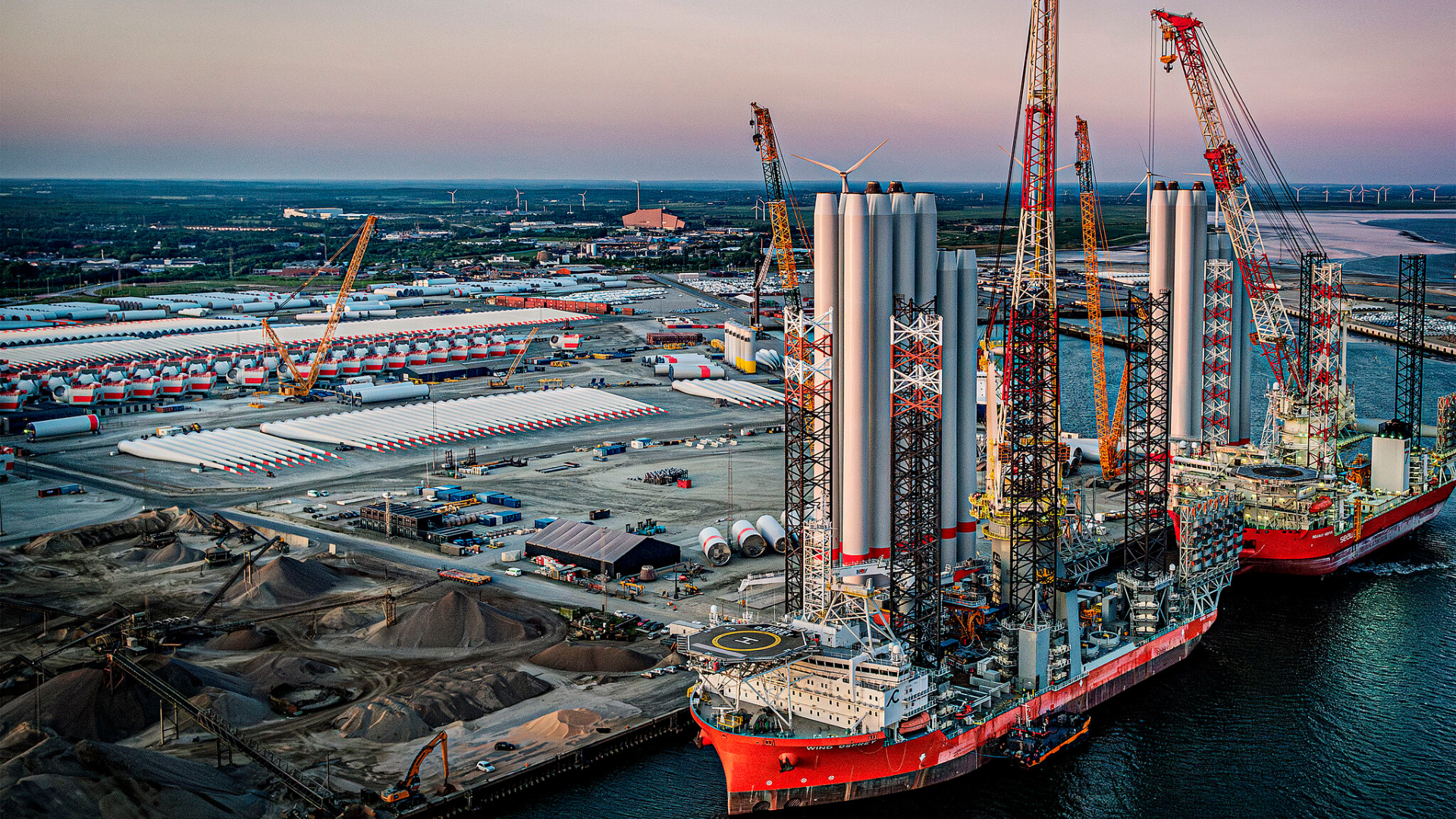
At the forefront of Europe's ports transition to decarbonized operations, the Port of Esbjerg in Denmark is setting new standards for clean and sustainable onshore power generation - powered by Ballard.
As a pilot port for the North Sea Hydrogen Valley Ports project, Esbjerg is engaged in advancing a cross-border hydrogen value chain that connects production, logistics, and end-users. With a dedicated hydrogen roadmap and ambitious Power-to-X initiatives, the port is successfully turning strategy into scalable, real-world solutions.
Esbjerg has deployed a hydrogen-based shore power system, utilizing six Ballard 100kW fuel cells integrated into two modular containers. Installed in 2023 after comprehensive design, engineering, and functional testing, the system converts green hydrogen into clean electricity to power ships while docked, eliminating the need for onboard fossil fuel generators.
Developed in collaboration with CS Electric, Esbjerg's shore power plant features modular containerized units housing Ballard’s fuel cell modules, which generate zero-emission electricity on-site. The technology is based on Ballard’s proven platform for marine and auxiliary power applications and is modular, scalable, and designed to meet rigorous industry certification standards.
This project marks the first commercial deployment of hydrogen fuel cell shore power at a marine port - an important milestone for the shipping and energy industries. It supports fully decarbonized vessel operations at berth, aligning with EU and IMO phased action plans to reduce emissions in the maritime sector.
The power plant showcases end-to-end supply chain integration - from renewable hydrogen production to the delivery of clean, on-site electricity. It serves as a scalable model that other ports and marine operations can replicate or adapt to meet their own decarbonization goals, accelerating the deployment of zero-emission technologies across the maritime sector.